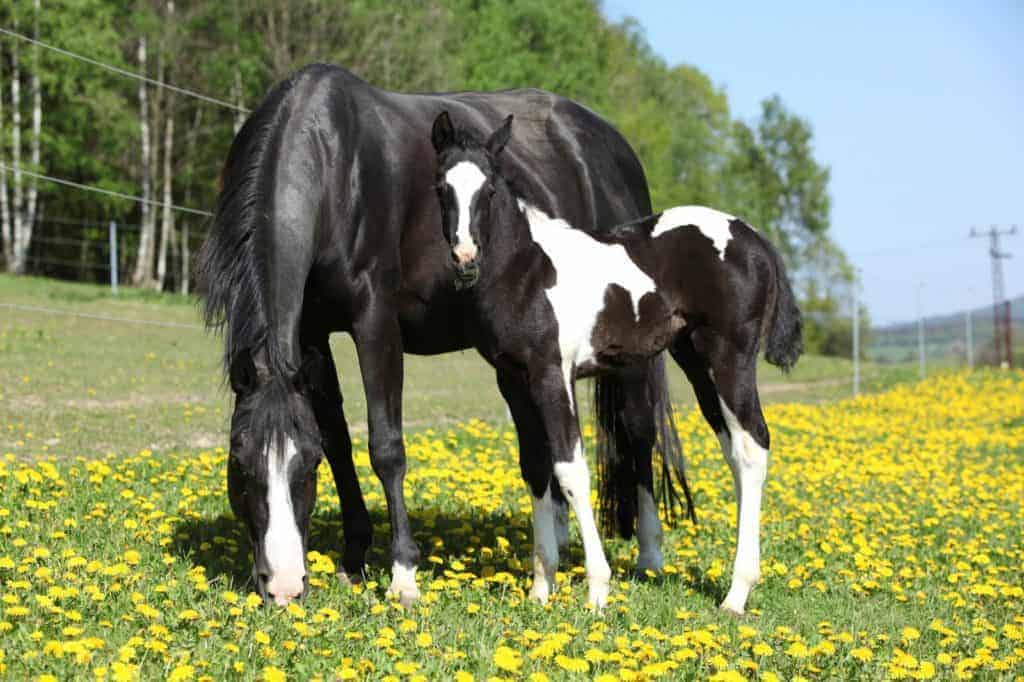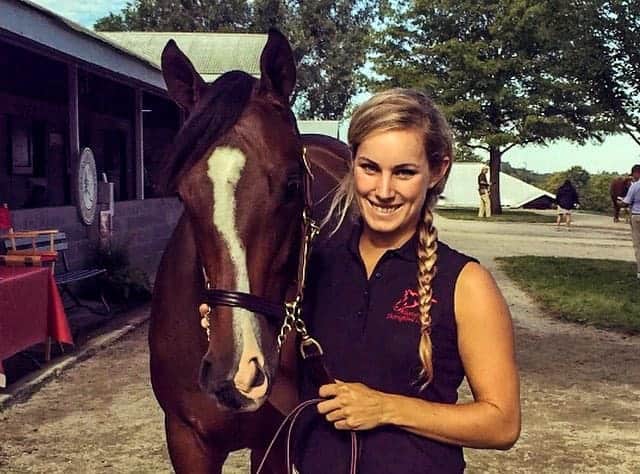
CEM: What Every Stallion Owner Should Know
Here are some steps breeders should take to help keep the United States free of contagious equine metritis (CEM).

Here are some steps breeders should take to help keep the United States free of contagious equine metritis (CEM).

Domestic horses’ reproductive efficiency is often lower than that of feral horses. Does modern husbandry play a role?

For the third year in a row, the number of influenza cases in the United States is increasing, a recent study revealed.

Light drives the internal clocks of all organisms. Here’s how it impacts horses, from broodmares to equine athletes.

Are you considering breeding your mare? Do your homework ahead of time to ensure it’s the right choice for you.
The Aug. 18 lecture topic will be “Biosecurity and Vaccination: Evaluating Flu and Herpes Risk.”

Fedorka’s research could, in the future, allow breeders to modulate post-breeding endometrial inflammation in mares.
The symposium featured research on equine nutrition, exercise physiology, reproduction, management, and more.
Reported diseases include equine herpesvirus, strangles, equine viral arteritis, contagious equine metritis, and more

The horse is currently receiving veterinary care at a referral center.

Retained placenta, lochiometra, and injuries to the perineum were the most common puerperal (after birthing) issues.

Animal health officials released the quarantines in San Joaquin and Riverside counties on June 30.

Meanwhile, no additional equine herpesvirus-1 (EHV-1) cases have been reported in San Joaquin County.

Equids residing in Riverside and San Joaquin counties have tested positive for equine herpesvirus-1 (EHV-1).

While we can’t prevent all abortions, knowing the risks can help us prepare for and, in some cases, reduce the hazards.

The last reported positive, a 14-year old Quarter Horse, was released from the hospital and is quarantined at his home.
Stay on top of the most recent Horse Health news with
"*" indicates required fields